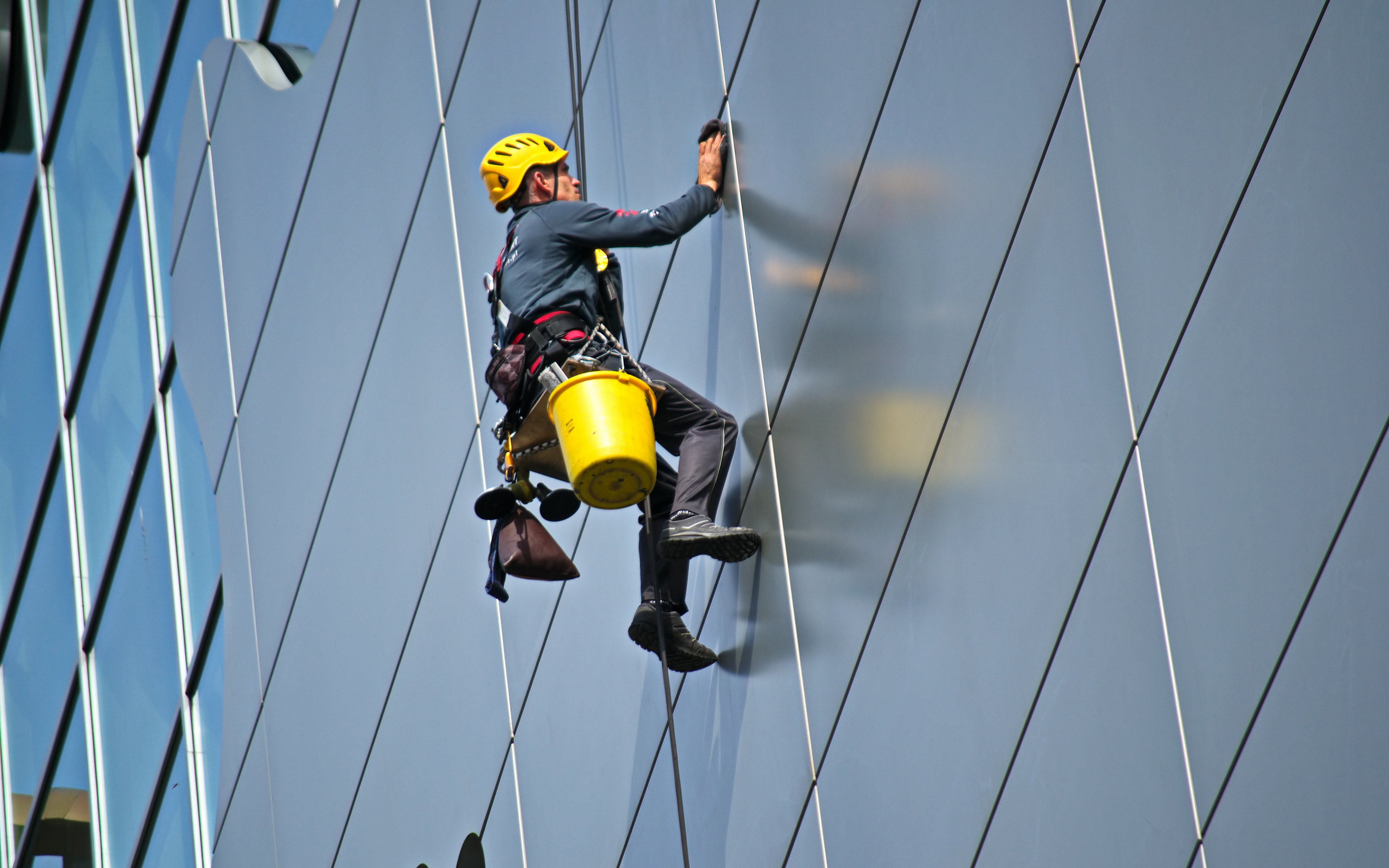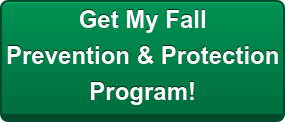
While construction is one of the most common industries to be concerned with safety regarding fall prevention, other industries need to stay up to date in safe practices at the workplace as well, including fall prevention. According to the Bureau of Labor Statistics, after construction, business types that report the next highest fall-related fatalities and missed work due to injuries include:
- healthcare support services
- retail and wholesale companies
- building maintenance or cleaning services
- transportation or moving companies
The High Cost of Job-Related Falling Accidents
Falling on the job can involve anything from slipping on a wet floor to falling off a high outdoor surface. Regardless of how a fall happens, they can be costly for the victim and for the company they work for. The combined cost of over $70 billion paid out in the US each year for medical bills, workman’s compensation, rising insurance costs and time lost from projects is enough incentive for companies to implement effective fall prevention plans.
Fall Prevention Steps and Guidelines
To stem the rise of fall-related fatalities and injuries, NIOSH has worked with industry leaders to establish recommendations for safety measures in the workplace that address the most common types of industry fall accidents. Typical job hazards that might precipitate work-related fall accidents include unsafe, unstable, cluttered or slippery walkways, unprotected wall openings or floor holes, unprotected or open edges, ladder placement, and lack of or misuse of fall protection equipment. The safety actions required in company fall prevention plans for worksites where employees walk or work on surfaces elevated six or more feet above the next lower level include:
- Use of railing and toe boards for floor holes, open elevated runways and floors, around dangerous machines and immediately hazardous areas.
- Cover floor and wall holes that a worker might otherwise fall into.
- Use of safety nets or harnesses and lines for higher elevations, according to the current industry standards.
- Provide clean, clear and dry floors in work areas. If the work area must be wet, provide other safety measures to address the wet hazard.
- Required PPE provided free of charge to workers.
- Worker training for all falling job hazards.
Since construction job sites lead in the number of fall-related accidents, here is a list of specific preventions for the most common construction-related falls:
- Roofs – Use properly-fitted harnesses that stay connected, use guardrails and lifelines, guard and cover all holes or openings and inspect all safety equipment before each use.
- Ladders – Use the correct secured ladder type and size for the job, always maintain three points of contact, and face the ladder at all times.
- Scaffolds – Inspect before use; scaffolds should be fully planked, plumb and level with proper access, have stable footing, and have complete guardrails.

















